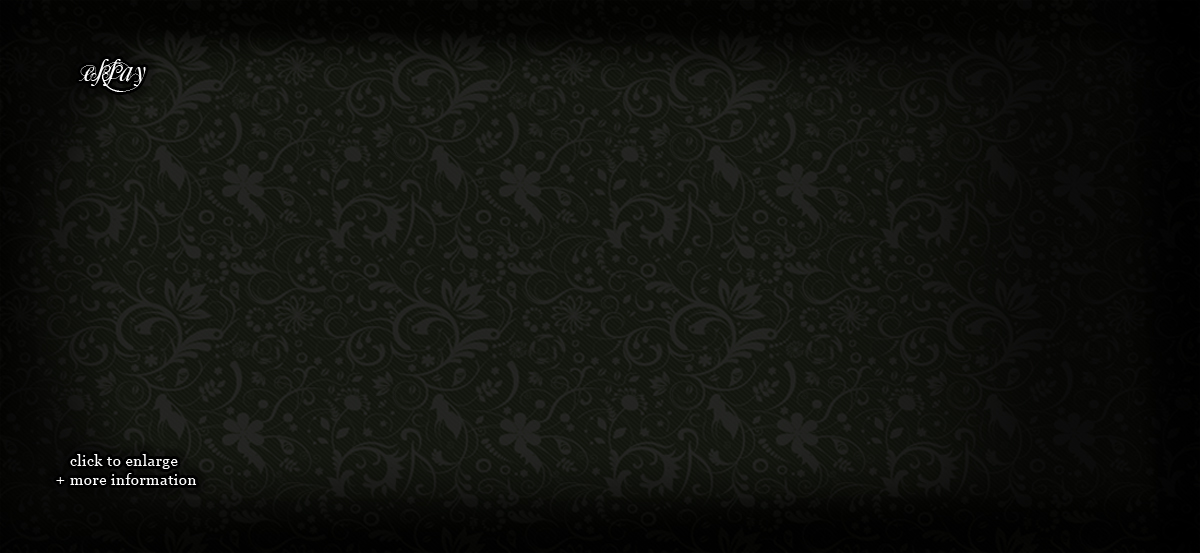

In Sam’s world, everything is suppressed, the walls hide the ductwork, there are barely any mirrors, and even his apartment is within a concrete structure having one isolated door as its entry point. His dreams are fantasy landscapes; pictorial rolling hills and flying amongst the clouds. As the movie progresses, Sam becomes inclined to act on his inner motivations, and by the movies end, the depiction of these two worlds become amalgamations of each other rather than distinct locations; the ducts within Sam’s apartment become exposed, man made built forms infiltrate Sam’s dreams and so on.
The film sets are surrealistic representations. And although the movie is a well made satirical dark comedy, in some ways the delusional and surrealistic atmosphere designed by Gilliam is a superficial articulation of the subconscious. Freud opposed to physical representations of the human subconscious, stating this approach to be “regressive, [and] furthermore was not flattered that Hollywood producers wanted to turn his psychoanalytic treatments into a feature film.”
By 1940 and onwards to the 1960’s psychological theory had advanced and Behavioral Psychology became rather popular. It was founded by psychologist B.F. Skinner. Skinner developed innovative theories of Radical Behaviorism which seeks to understand behavior as a function of environmental histories of reinforcing consequences. His system is based on operant conditioning. In basic terms, the subject naturally interacts with its surroundings, (‘operates’ on his environment). During ‘operation’ the subject receives a reinforcing stimulus, (reinforcer). The stimulus has an effect of increasing the operant, (the behavior occurring prior to reinforcement). This is operant conditioning: “the behavior is followed by a consequence, and the nature of the consequence modifies the organism’s tendency to repeat the behavior in the future.” (Skinner)